Be a DIY mama
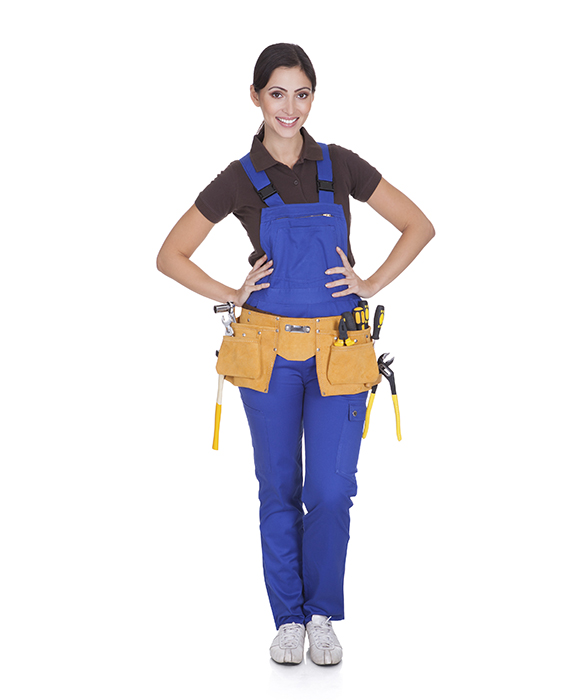
Mamas are doing it for themselves! From hanging curtain rods, to remodelling bathrooms and building home additions, we’re busting traditional stereotypes one joist at a time and proving we can build it up—or knock it down—with the best of them. Whether you’re new to the world of home improvement or an old pro, check out these 10 must-have tools for every mom’s toolbox.
A drill isn't just a drill
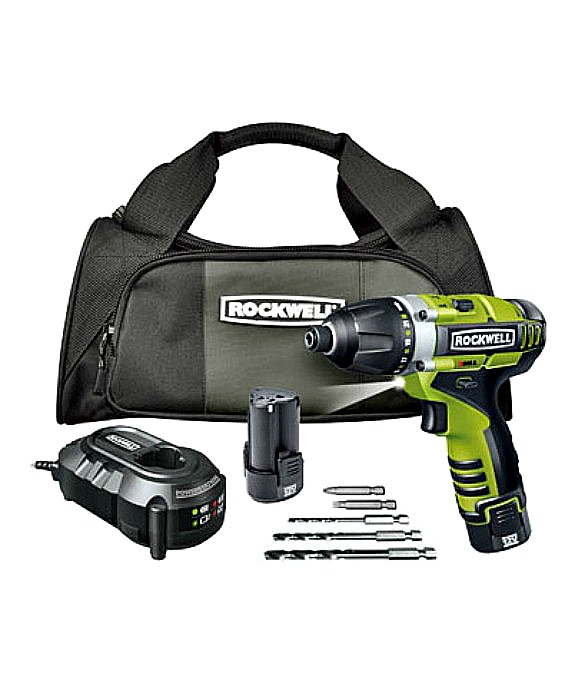
The word “drill” just doesn’t tell the whole story. You’ll want a lightweight, three-in-one driver, drill, and impact driver to get the most bang for your buck. A light on the drill for darker spaces is a bonus.
To buy: Rockwell 3Rill, $100
Claw hammer
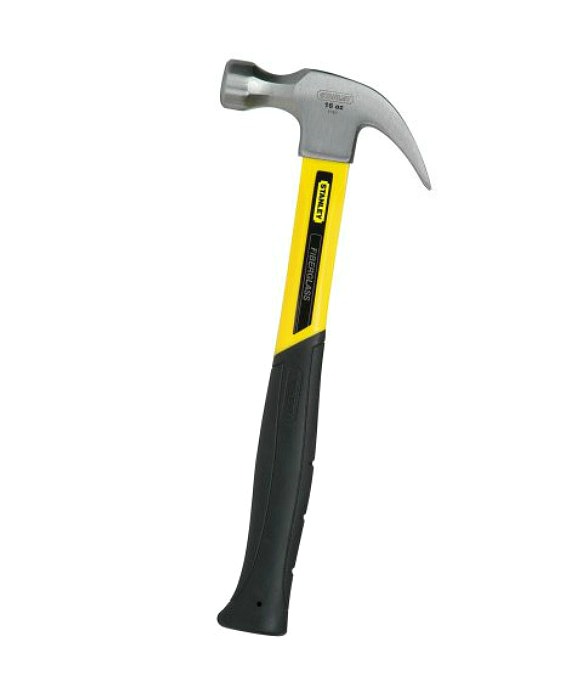
The hammer is a carpenter’s best friend. Songs are sung about it, Thor wields one, cartoon characters depend on it, and it’s even been featured on national flags. In short, it’s a classic. Be sure to wear goggles to protect your eyes, inspect your hammer before use to make sure the head is firmly secured, and always hit the nail square on the head.
To buy: Stanley claw hammer, $10
Screwdrivers
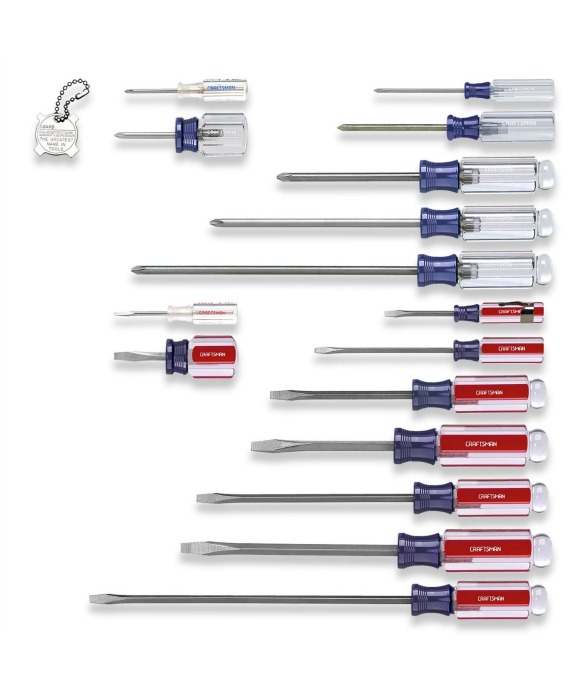
Slotted, Phillips and hex are the three screwdriver heads you're likely to get the most use of. Buy a set to get a good deal, but don't be afraid to buy a single screwdriver with interchangeable heads. If you don't exactly have a steady hand, look for sets that have magnetic tips, which help for holding on to screws, or ratchet handles, which helps you get the screw in faster without getting wrist fatigue from repositioning the screwdriver.
To buy: Craftsman classic screwdriver set, $32</a>; Stanley ratcheting multi-bit screwdriver, $8
Stud finder
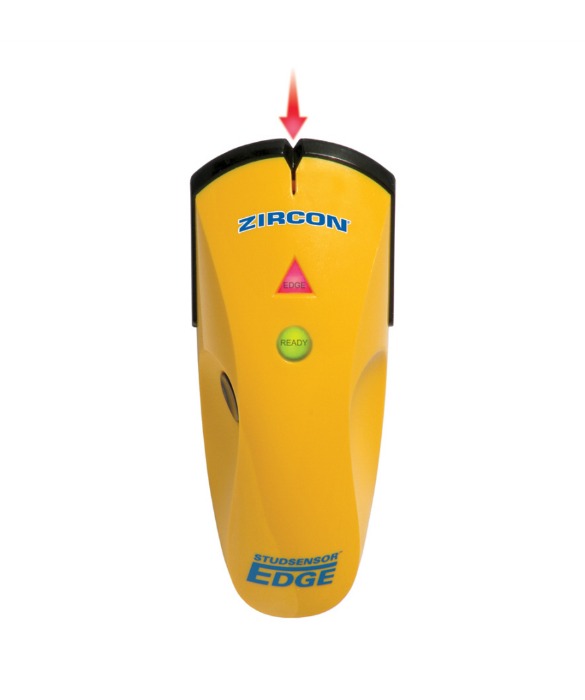
If you live in a wood-framed house with drywall or other paneling, the stud finder is essential for finding the right place for attaching and hanging stuff on the wall. It can take a little practice, but once you get the hang of it, you’ll be a pro. Look for an electronic model, and remember that studs and joints are typically installed 16-24 inches apart—although they may be closer together near doors, windows and corners.
To buy: Zircon studsensor, $11
Get level
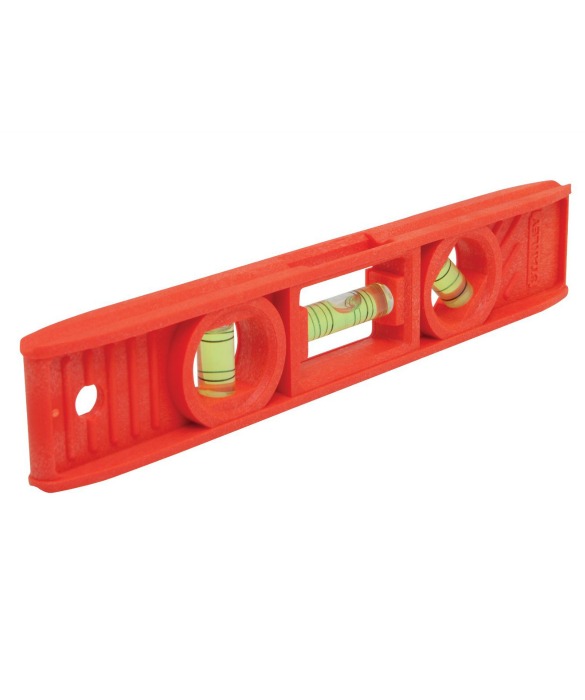
If you want to make sure things are straight up and down (plumb) and straight across (level), a carpenter’s level is a great place to start. The world isn’t perfect, but a level can help you get close.
To buy: Stanley 8-inch torpedo level, $7
Speed square

Don’t let this basic tool fool you, as it can make a world of difference. A speed square, also known as a rafter square, helps in marking straight lines at the correct angle. Plus, it can be essential as a saw guide for making straight, square cuts.
To buy: Speed square, $8
Circular saw
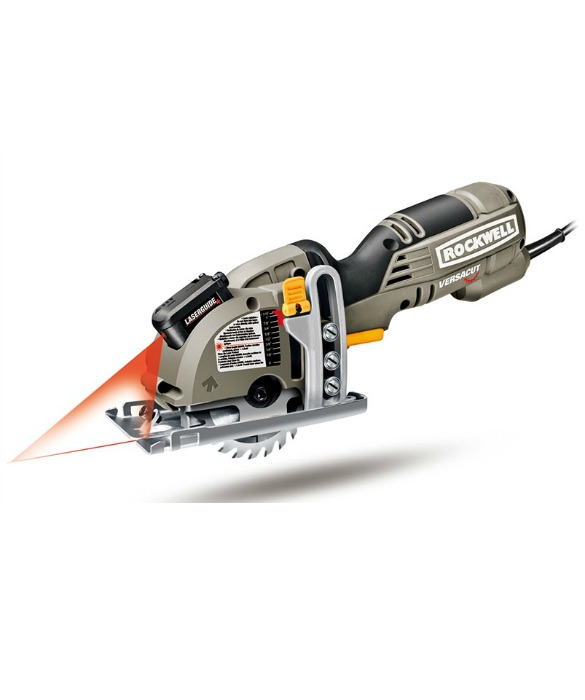
Whether a hand saw or power saw, something’s going to need cutting. A small power saw can be a useful addition to your tool bench because it’s lightweight, easier to grip, and safe when used as directed. Be sure to properly store blades so no one gets cut, and wear protective eye gear. A laser indicator will help you keep your cuts in a straight line.
To buy: Versacut circular saw, $130
Adjustable wrenches
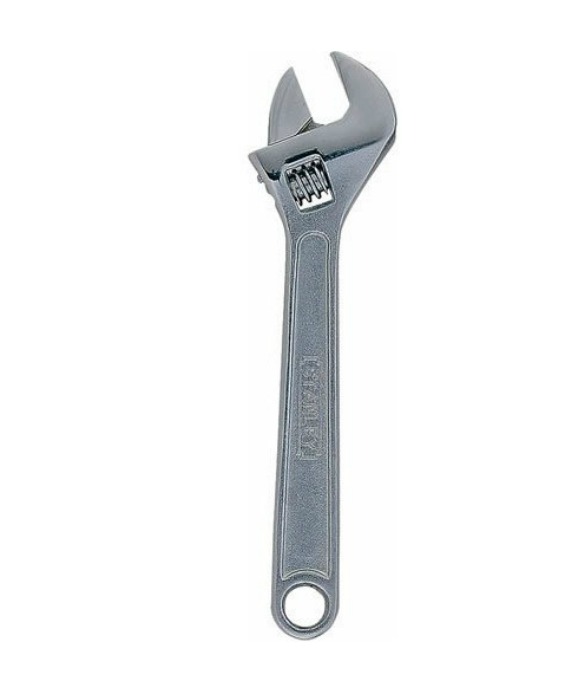
A wrench is used to loosen and tighten hardware such as nuts and bolts. You’ll probably end up with a collection of wrenches over time. They may be heavy or bulky, but they’ve got serious turning power, also known as torque. The holes on the end of the wrench are for tethering them or for easy hanging on a work bench.
To buy: Stanley adjustable wrench, $6
Needle nose pliers
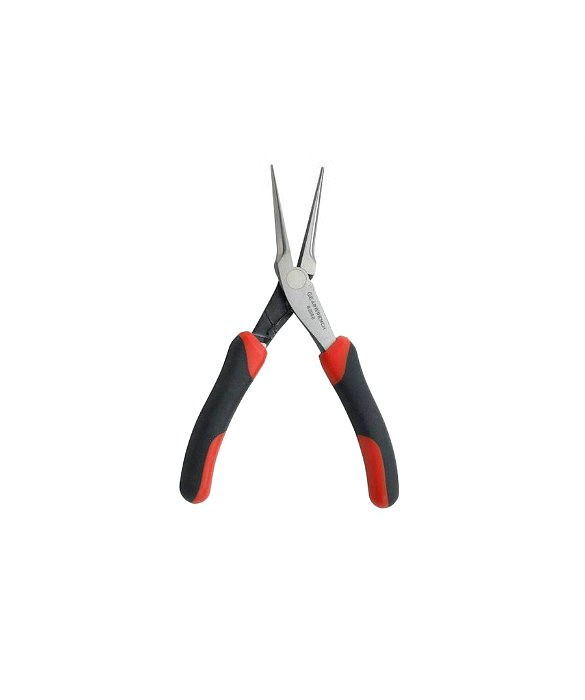
Electricians use needle nose pliers to bend, cut and attach wires, but these little beauties can get a lot of use in your home, too. They’re perfect for everything from bending bicycle spokes back into place, crafting, jewelry making and for grabbing things that have fallen into tight spaces that you can’t reach with your fingers.
To buy: KD Needle nose pliers, $23
Vise grip
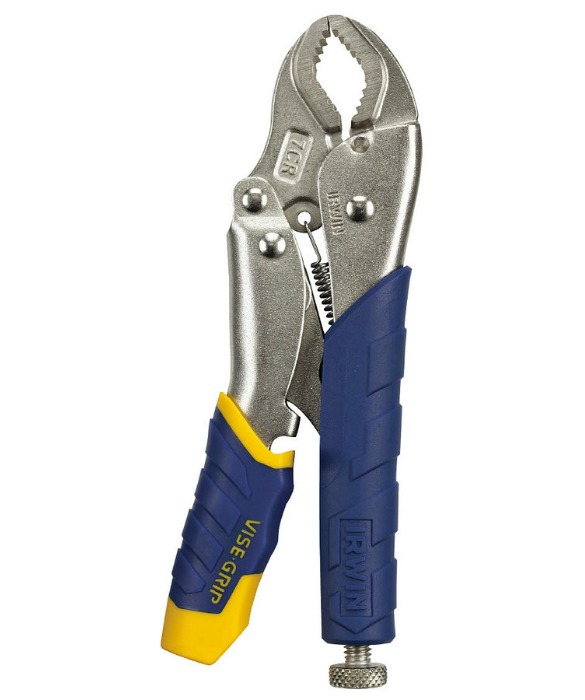
Also known as locking pliers, vise grip pliers can be used for cutting, twisting and gripping things. Look for vise grip pliers with a cushiony, coated grip to help make them easier to use by reducing hand fatigue.




